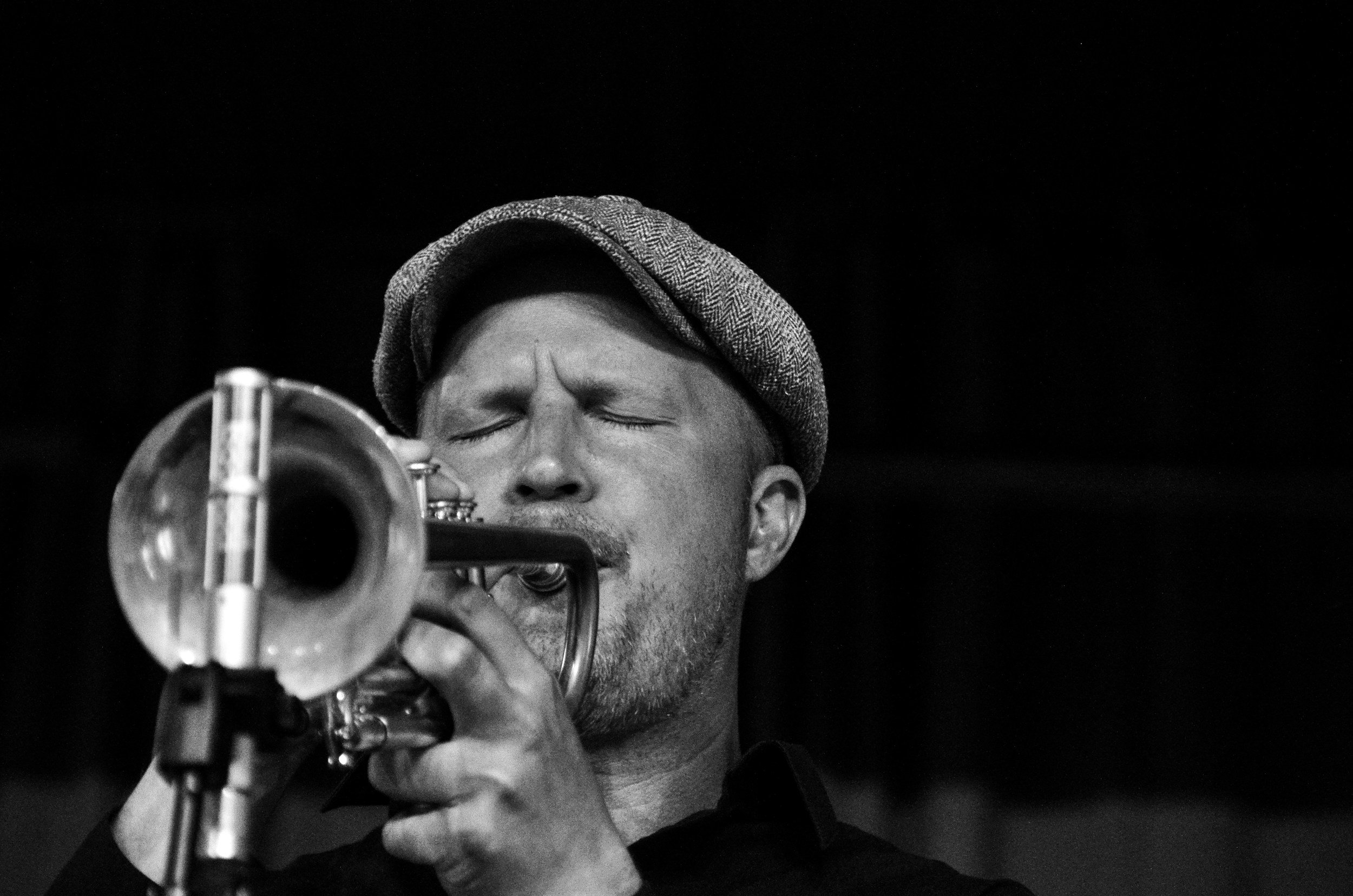Jazz: Same Ingredients, New Recipe — A Field Guide for Curious Ears
Heart‑Mode, Brain‑Mode — Toggle at Will
When it comes to listening to jazz, most of us just hit play, feel the vibe for a second, then stir the pasta sauce. Think of that like “heart‑mode”. It’s the ambiance. The vibe. It’s the music that sets that tone for whatever you’re up to.
But what if we flip to brain‑mode? The same listening experience can open up for us, like a painting in a guided museum tour:
“Oh, that drum fill was a wink at the pianist—did you catch it?” This series is your easy toggle switch. Keep the feels; add just enough context to start catching some of the inside jokes.
The Familiar DNA Hiding in Every Jazz Tune
At its core, jazz uses the exact three building blocks of music that you already know:
Melody – the bit you can whistle on your walk to the mailbox. Think Happy Birthday, a simple Billie Eilish hook, or even the two‑note Netflix da‑dum.
Chords – mood lighting for that melody. Major chords feel like Sunday brunch; minor chords draw the blinds; more complex chords can feel like a whole movie scene.
Rhythm – the engine underneath. In pop music it’s usually a straight, even pulse. In jazz it has a subtle limp called swing that makes heads bob on beats two and four before your brain notices.
Quick party trick: hum Happy Birthday, then search YouTube for a “minor‑key” version. Same tune, totally different emotional weather. That’s chords at work over a familiar melody.
So What Actually Makes Jazz… Jazz?
First, it’s improvisation. Imagine stand‑up comedians riffing on the same premise every night - but brand‑new punchlines.
Second, that swing feel—the musical equivalent of swaggering down the sidewalk, slightly behind the beat.
Third, a dash of blues in almost every dish: those bent “blue notes” (flat third, flat five, flat seven) that raise an eyebrow inside the harmony.
Together they turn familiar ingredients into something you’ve never tasted the same way twice.
The Five‑Act Mini‑Movie Inside a Jazz Tune
Even the loosest jam follows a hidden roadmap, a lot like a short film:
Opening Credits (Intro) – maybe a lone piano sets the lighting or the whole band loops a single chord, letting you settle in.
Main Theme (Head) – the melody steps forward and says, “Hi, this is who I am.” Jazz steals from everywhere: Broadway, Disney, Britney, Nirvana—if it’s catchy, it’s fair game.
Character Monologues (Solos) – one by one, musicians riff on that theme while the chords whirl beneath them like a moving sidewalk. Each lap around the chords is called a chorus. Some players take one; others take five if the mood is spicy.
Theme Reprise (Head Returns) – the melody walks back in wearing a satisfied smile. You recognize it instantly even if the chords have been through a kaleidoscope.
End Credits (Tag/Outro) – a tidy button. Maybe they repeat the last two bars like movie bloopers, share a laugh, then land on a final chord.
If horns are onstage, they will usually solo first; the rhythm section (keys, guitar, bass, drums) bats cleanup. But jazz loves curveballs—sometimes the drummer grabs the spotlight midway just because the energy demands it.
Why You’ll Care Once You Notice the Roadmap
When you get the underlying structure, solos stop feeling like random noodling and start feeling like plot twists you can anticipate. The drummer’s quick snare crack at the end of a chorus? That’s him turning the page. The bassist’s sly quote of the original melody underneath a piano solo? It’s an inside joke. You’ll start cheering at perfectly timed landings because you heard them coming, not just because everyone else clapped.
Try It Tonight
Fire up Ella Fitzgerald’s “All of Me.” Tap your thigh on beats two and four—the jazz secret handshake. Each time the melody resurfaces after a solo, whisper “home.” Feel that little shot of satisfaction?
You just unlocked Level 1 of jazz listening, no theory textbook in sight.

